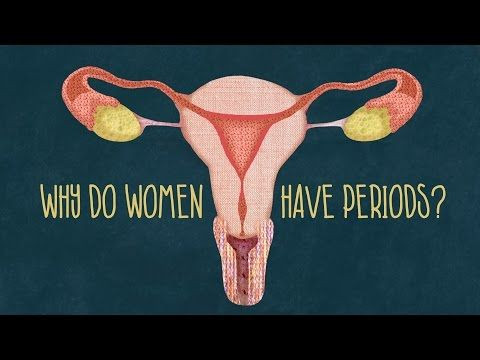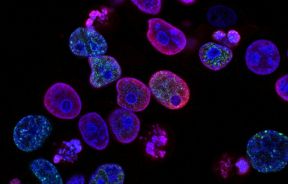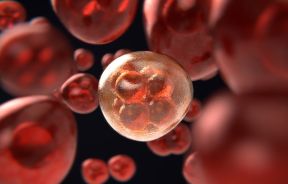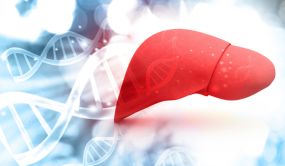Visit From Aunt Flo: Why Are Humans One Of Only Four Species On Earth That Menstruate?

Although all mammals share a similar reproductive behavior, only a select few are “lucky” enough to menstruate: monkeys, apes, bats, humans, and possibly elephant shrews. While some animals may bleed slightly before they go into heat, this blood originates in the vagina, not the uterus, and is therefore not considered a genuine period. Menstruation is not only a major inconvenience, but also a huge waste of nutrients. But, since nothing in nature is a mistake, what is the biological reason for this monthly gift?
In school, we learn that each month a woman's body prepares for pregnancy by building a nutrient-rich lining on the uterus. In the event that pregnancy does not occur, her uterus sheds its lining and begins preparing for the next fertility window. While this explanation is correct, it does not explain why all animals with uteruses do not menstruate. In a recent YouTube video, Ted Ed gave a bit of a more in-depth explanation for this mysterious monthly visitor.
Pregnancy takes a huge strain on a woman’s body. In order to ensure that pregnancies are reserved for only the embryos with the best chance of survival, nature made it difficult for fertilized eggs to make it from the fallopian tubes to the womb. Embryos unable to make this treacherous journey die. Unfortunately, these remains put the mother at risk for infection, so the body needs an effective way of disposing of these remains.
According to Ted Ed, each time ovulation does not result in a healthy pregnancy, the body simply gets rid of the entire uterine lining, along with unfertilized eggs, sick, dying, and dead embryos. The end result of this is the monthly cycle, which is what we’ve come to refer to as menstruation, or simply, the period.
Published by Medicaldaily.com



























